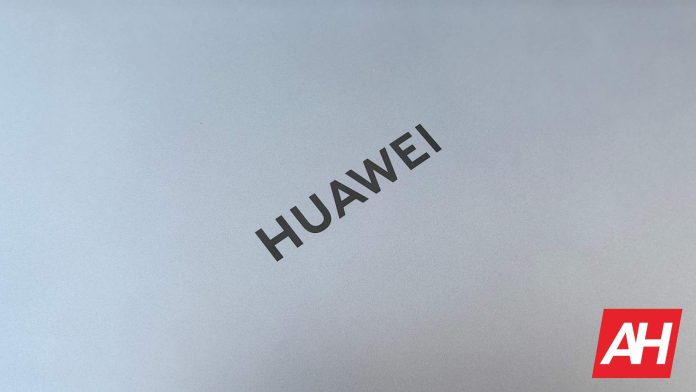[ad_1]
China is aiming to create next-generation smartphone chips using new fabrication technologies as early as this year, according to a report from the Financial Times. Although the U.S. has tried to slow down China’s chipmaking efforts, China is exceeding expectations in chipmaking growth. That is in part due to Semiconductor Manufacturing International Corp (SMIC) and Huawei working together to make next-gen processors. While the companies have been able to produce processors using the 7nm process, getting past that hurdle has been a struggle. China can’t import new machinery due to the sanctions, so it has to work with the equipment it has now.
According to the report, Huawei is designing 5nm chips to be produced by SIMC. Production lines in Shanghai are being reconfigured to utilize the 5nm process, which is more advanced. However, China must use its older equipment to make 5nm chips, and it will be costly. SIMC will use deep ultra-violet (DUV) fabrication technology. Across the world, chip manufacturers are switching to extreme ultraviolet (EUV) technology with newer equipment. China, barred from importing equipment from U.S.-aligned countries, cannot do the same.
How China will continue chipmaking growth with old equipment
Lithography is used in microprocessing chip wafers to make integrated circuits in processors, which is where DUV and EUV come into play. The two technologies use different types of light for chip manufacturing. Light used in DUV fabrication has a wavelength of 248 and 193 nanometers. By comparison, the light used in EUV production can be as little as 13.5 nanometers in wavelength. This is why it is harder to make smaller chips with China’s existing equipment.
It will also be more expensive. In order to manufacture 5nm chips with DUV processes, China will need to sacrifice efficiency and cost. More photomasks will need to be used for production, driving up the total cost. However, SIMC is backed in part by China’s government. Which will likely help SMIC continue its chipmaking growth despite U.S. sanctions.
China is still falling behind
China is exceeding expectations with its chipmaking growth. However, it is still falling behind when compared to the rest of the world. In South Korea, Samsung is planning its roadmap to the 2nm process, which will begin production in 2025. In Taiwan, TSMC has already mass-produced 3nm chips for Apple. Eventually, it stands to reason that China will hit a wall with its aging equipment. At some point, it will need to find a way to create or acquire new manufacturing technologies.
[ad_2]
Source link
